GENERAL SEALTECH is a renowned manufacturer of high-quality diaphragms, including Solenoid Pulse Valve Diaphragms,Rolling diaphragm,Gas meter diaphragms,Rubber diaphragms,Turbo Actuator Waste-gate Diaphragms,Teflon / PTFE Diaphragm,etc. With a wide distribution network, these diaphragms are widely used in various industries around the world. They are commonly used as components of pumps, valves, and actuators, playing a crucial role in regulating fluid flow and transmission. As a flexible barrier, rubber/PTFE membranes can effectively prevent fluid or pollutants from passing between two chambers. These diaphragms can be used as static or dynamic rubber seals in various settings, including pneumatic actuator diaphragms.
| Product name | rubber valve liners diaphragms |
| Place of Origin | China |
| Brand Name | GENERAL SEALTECH |
| Colors | red,Recommended black |
| Type | Diaphragm |
| Quality | 100% Inspection |
| Certification | FDA,PAHS,NSF,KTW,CCS,etc |
| Export region | Africa,Oceania,Asia… |
| Export country | USA,Japan,Italy,Australia,Bhutan,Armenia,New Caledonia…etc |
| Temperature | -40 °C to +220°C |
| Size | Customizable size |
| Product Material | Silicone,NBR,FVMQ,NR,etc |
| Feature | Durable, water/dust/oil proof |
| Packaging Details | Export Standard Packing |
| After-sales Service | Online technical support |
| MOQ | 100 Pieces(negotiable) |
| Port | Ningbo |
| Application | Seal for Automotive,Electrical Appliances,Valve…etc |
| Processing Service | Cutting, Extruded and Moulded, Plastic Packing |
| Properties | Abrasion Resistance,Strong Resilience,Fire Resistance…etc |
| Supply Ability | 50000-200000 Piece/Pieces per Month |
| Lead time (days) | 7-15 (To be negotiated) |
Please note: This table is for reference only, please consult us for specific information.
The design principle of a rubber valve liners diaphragms is to use the failure strength and failure mode of materials or structures to set personalized control strategies for a certain heat or mass transfer medium, or for the occurrence of certain flow or diffusion effects, in order to achieve specific functions or protocols.
The diaphragm has strong wear resistance, but it is easily damaged during installation. If cracks appear, they should be reinstalled in a timely manner;
During normal use, check the sealing condition of the diaphragm to prevent water leakage;
Please do not change the installation position of the diaphragm product during use to avoid affecting the effect.
All are made of materials that comply with national safety standards, ensuring the safe use of industrial diaphragms.
rubber valve liners diaphragms—FAQs Guide
2.How do rubber valve liners diaphragms perform in high-vibration environments, and what measures are taken to ensure their reliability in these conditions?
3.As a rubber valve liners diaphragms manufacturer,What delivery terms do you accept?
4.About rubber valve liners diaphragms,How can I get the best price and quality?
5.What types of sealing mechanisms are commonly used with rubber valve liners diaphragms, such as clamped, bolted, or adhesive seals?
6.As a rubber valve liners diaphragms manufacturer,how can we guarantee quality?
7.As a rubber valve liners diaphragms manufacturer,what services can we provide?
8.Can rubber valve liners diaphragms be used in both dynamic and static sealing applications, and what are the differences in their design and performance?
9.Can rubber valve liners diaphragms be used in air-operated or pneumatic systems, and how do they contribute to system functionality?
10.How do rubber valve liners diaphragms perform in vacuum applications, and are there special considerations for these conditions?
11.What is the role of rubber valve liners diaphragms in controlling the flow of aggressive or corrosive chemicals in chemical processing applications?
12.As a rubber valve liners diaphragms manufacturer,Can you supply different color materials?
13.How do rubber valve liners diaphragms maintain their flexibility and resilience over time, and what factors can lead to wear or degradation?
14.About rubber valve liners diaphragms,What information should the customer provide to get an accurate quote from us?
15.How do rubber valve liners diaphragms respond to cyclic or pulsating pressure loads, and what is their fatigue life in such conditions?
1.What innovations and advancements have been made in rubber valve liners diaphragms technology in recent years?
With the continuous development of technology, rubber valve liners diaphragms has made a lot of progress, such as:
1. Improved materials: Diaphragms are now made from a variety of materials, including polyurethane, silicone, and other elastomers. These materials are more durable and provide better performance than traditional materials.
2. Improved design: Diaphragms are now designed with more precise tolerances and better sealing capabilities. This allows for better performance and longer life.
3. Improved manufacturing processes: Advances in manufacturing processes have allowed for more efficient production of diaphragms, resulting in lower costs and improved quality.
4. Improved sensing capabilities: Diaphragms are now able to sense pressure, temperature, and other variables, allowing for more accurate control of systems.
5. Improved control systems: Diaphragms are now used in a variety of control systems, including valves, pumps, and other devices. This allows for better control and more efficient operation.
2.How do rubber valve liners diaphragms perform in high-vibration environments, and what measures are taken to ensure their reliability in these conditions?
Diaphragms are designed to be highly reliable in high-vibration environments. To ensure their reliability, measures such as using thicker diaphragm material, using multiple layers of material, and using dampening materials such as rubber or foam are taken. Additionally, the diaphragm should be securely mounted to the structure to prevent it from vibrating excessively. Finally, the diaphragm should be inspected regularly to ensure that it is not damaged or worn out.
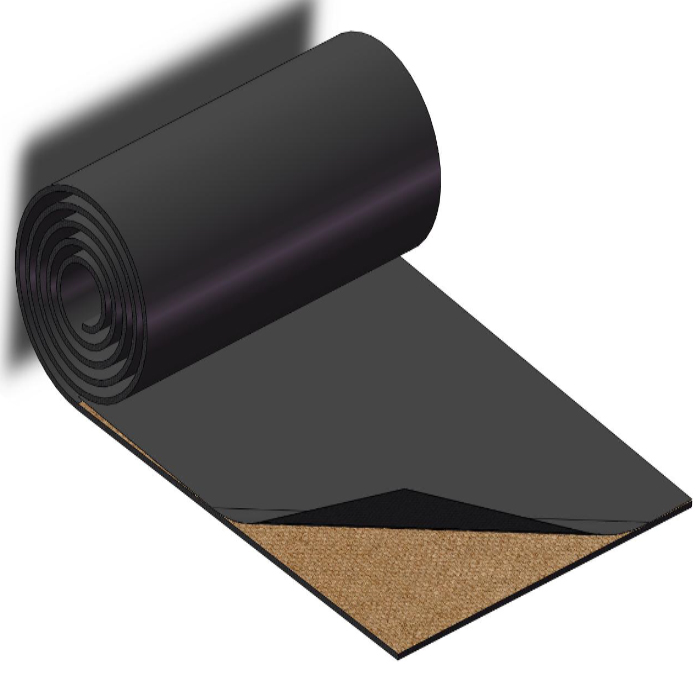
3.As a rubber valve liners diaphragms manufacturer,What delivery terms do you accept?
We accept EXW,FOB, CIF. If you want to use other delivery terms,please contact us.
4.About rubber valve liners diaphragms,How can I get the best price and quality?
The price depends on the quantity, design and size. If you order more, the price and shipping will be cheaper.
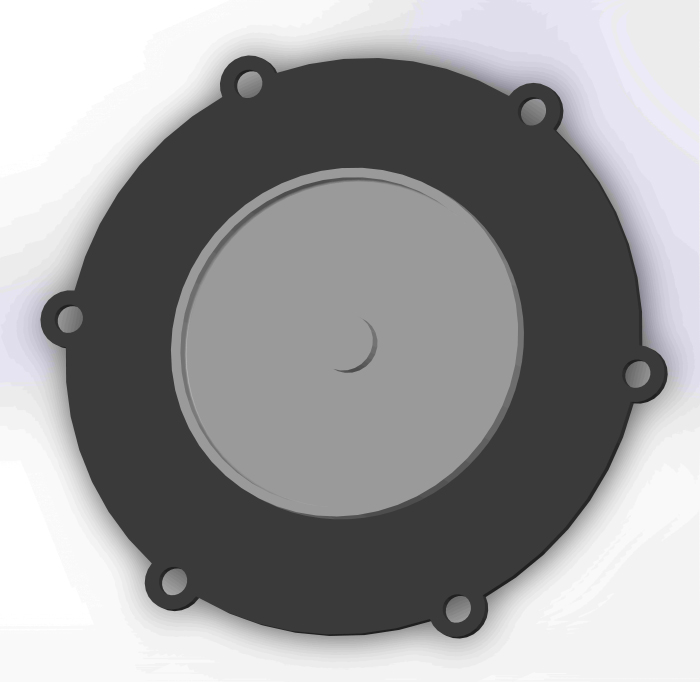
5.What types of sealing mechanisms are commonly used with rubber valve liners diaphragms, such as clamped, bolted, or adhesive seals?
In general, rubber valve liners diaphragms will use these sealing mechanisms:
1. Clamped Seals: Clamped seals are the most common type of diaphragm seal. They are typically used in applications where the pressure is relatively low and the temperature is not too extreme. Clamped seals are easy to install and provide a reliable seal.
2. Bolted Seals: Bolted seals are used in applications where the pressure is higher and the temperature is more extreme. They are more difficult to install than clamped seals, but provide a more reliable seal.
3. Adhesive Seals: Adhesive seals are used in applications where the pressure is low and the temperature is not too extreme. They are easy to install and provide a reliable seal. However, they are not as reliable as clamped or bolted seals.
6.As a rubber valve liners diaphragms manufacturer,how can we guarantee quality?
Always a pre-production sample before mass production;Always final Inspection before shipment.
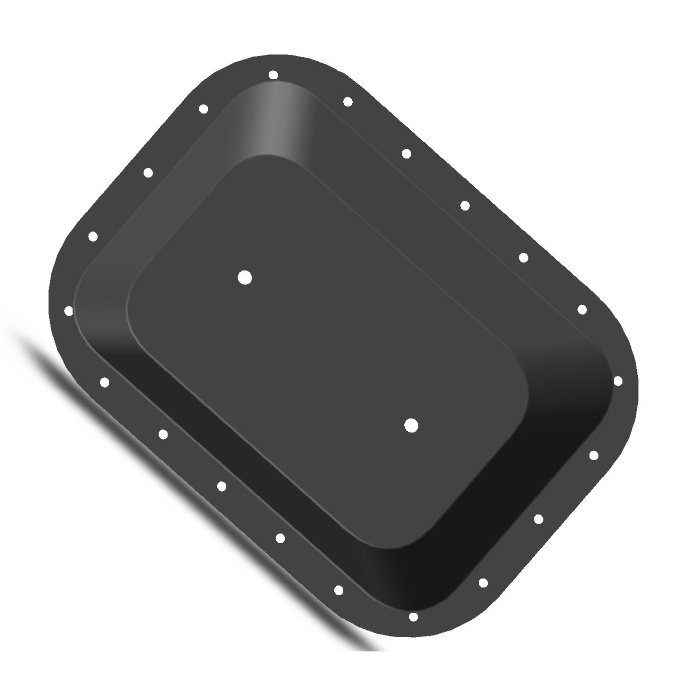
7.As a rubber valve liners diaphragms manufacturer,what services can we provide?
Free design and samples offered.Custom package and stickers.
8.Can rubber valve liners diaphragms be used in both dynamic and static sealing applications, and what are the differences in their design and performance?
Yes, diaphragms can be used in both dynamic and static sealing applications. The main difference between the two is in the design and performance.
Dynamic sealing applications require a diaphragm that is designed to withstand the constant movement and pressure of the application. This type of diaphragm is usually made of a flexible material such as rubber or silicone, and is designed to flex and move with the application.
Static sealing applications require a diaphragm that is designed to remain in a fixed position and provide a tight seal. This type of diaphragm is usually made of a rigid material such as metal or plastic, and is designed to remain in a fixed position and provide a tight seal.
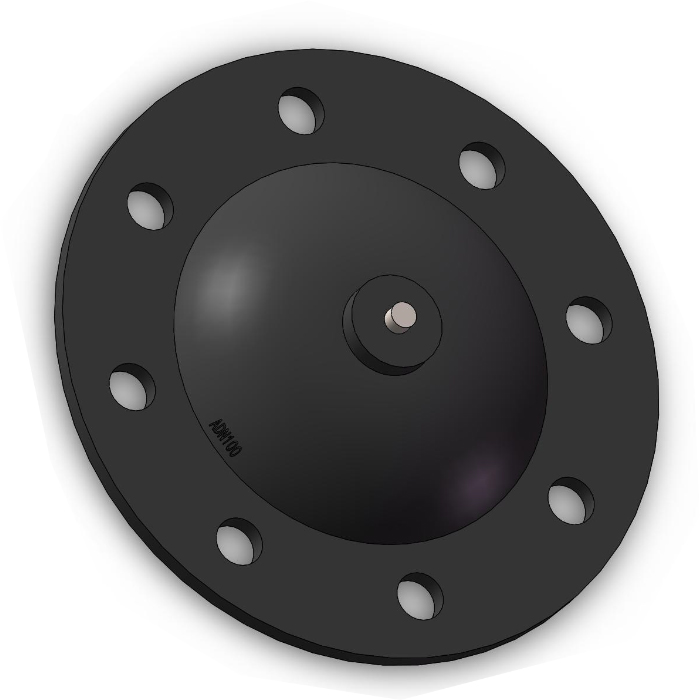
9.Can rubber valve liners diaphragms be used in air-operated or pneumatic systems, and how do they contribute to system functionality?
Yes, diaphragms can be used in air-operated or pneumatic systems. Diaphragms are flexible membranes that are used to separate two different areas of a system. They are used to control the flow of air or other gases in a system. They can be used to regulate the pressure of the system, to control the flow of air, and to act as a check valve. Diaphragms can also be used to dampen vibrations and reduce noise.
10.How do rubber valve liners diaphragms perform in vacuum applications, and are there special considerations for these conditions?
Diaphragms are commonly used in vacuum applications to control the flow of air or other gases. They are designed to be flexible and resilient, allowing them to maintain a seal even when exposed to low pressure. Special considerations for vacuum applications include the use of materials that are resistant to corrosion and abrasion, as well as the use of a diaphragm with a larger surface area to ensure a better seal. Additionally, the diaphragm should be designed to withstand the extreme temperatures and pressures associated with vacuum applications.
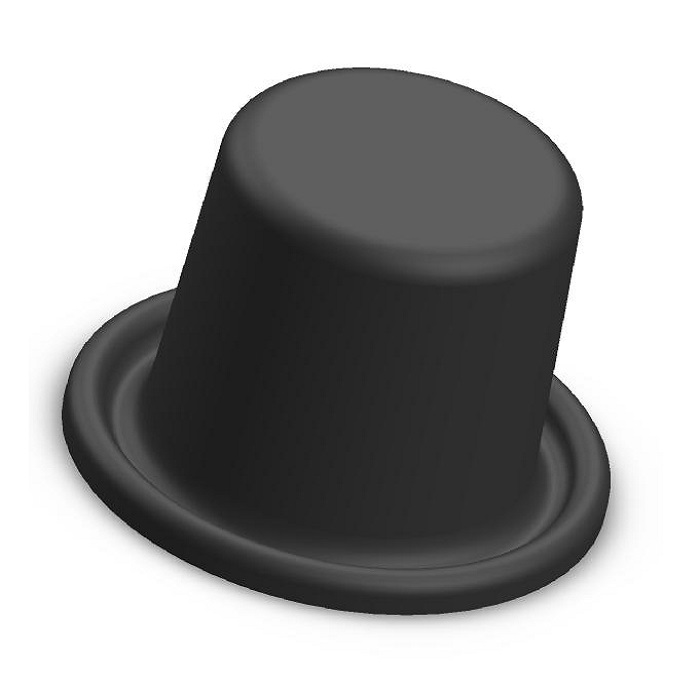
11.What is the role of rubber valve liners diaphragms in controlling the flow of aggressive or corrosive chemicals in chemical processing applications?
Diaphragms are used to control the flow of aggressive or corrosive chemicals in chemical processing applications. They act as a barrier between the chemical and the process equipment, preventing the chemical from coming into contact with the equipment and causing corrosion or other damage. Diaphragms are also used to regulate the flow of the chemical, allowing for precise control of the process.
12.As a rubber valve liners diaphragms manufacturer,Can you supply different color materials?
Yes, we can produce custom molded rubber and silicone rubber products in different colors, the color code will be required in case of an order.
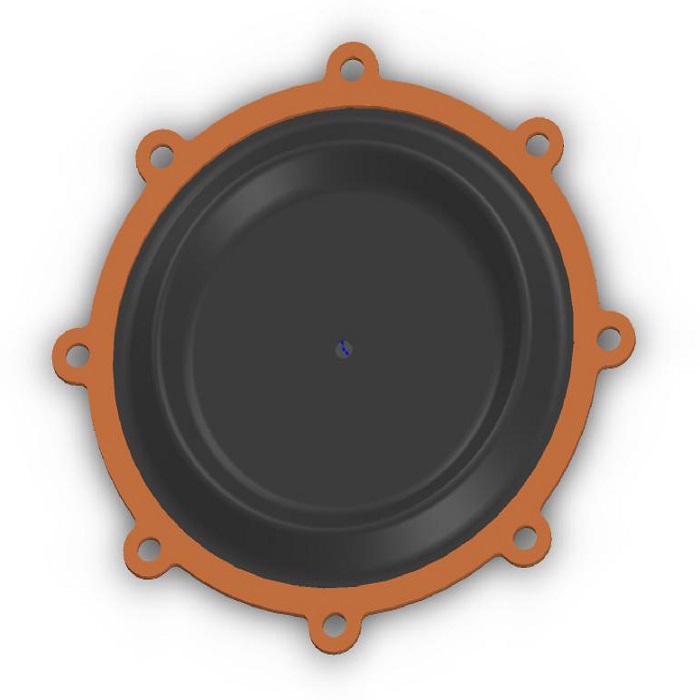
13.How do rubber valve liners diaphragms maintain their flexibility and resilience over time, and what factors can lead to wear or degradation?
Diaphragms maintain their flexibility and resilience over time by being made of materials that are resistant to wear and tear. Common materials used for diaphragms include rubber, silicone, and polyurethane. These materials are designed to be durable and flexible, and can withstand a wide range of temperatures and pressures.
Factors that can lead to wear or degradation of diaphragms include exposure to extreme temperatures, exposure to chemicals, and physical damage. Additionally, diaphragms can become brittle over time due to age and exposure to the elements. To prevent wear or degradation, it is important to inspect diaphragms regularly and replace them when necessary.
14.About rubber valve liners diaphragms,What information should the customer provide to get an accurate quote from us?
Customers need to provide relevant technical requirements, drawings, pictures, industrial voltage, planned output, etc.
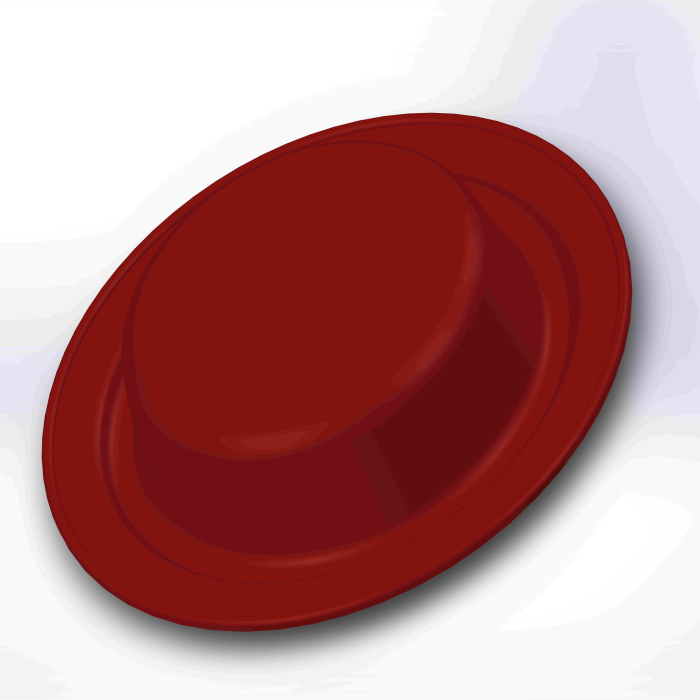
15.How do rubber valve liners diaphragms respond to cyclic or pulsating pressure loads, and what is their fatigue life in such conditions?
Diaphragms respond to cyclic or pulsating pressure loads by flexing and deflecting in response to the pressure. The fatigue life of a diaphragm in such conditions depends on the material used, the frequency of the pressure load, and the magnitude of the pressure load. Generally, fatigue life is shorter for higher frequency and higher magnitude pressure loads.
Tags: aeromotive fuel pressure regulator diaphragm,3 64 cloth inserted rubber diaphragm,air pump rubber diaphragm,diy rolling diaphragm,3637290m91 lift pump diaphragm,rubber diaphragm leading manufacturers

